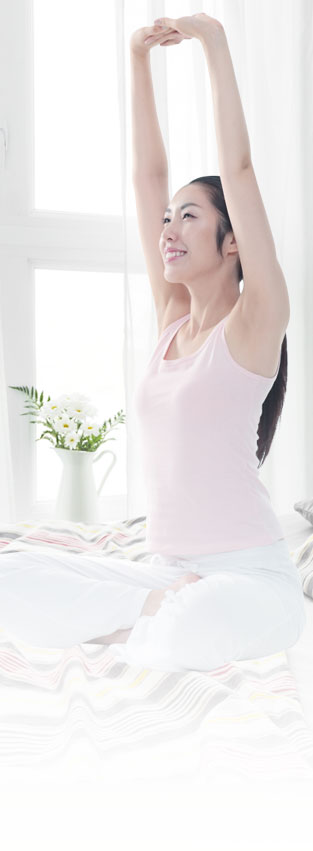 |
The Digestive/Detox System
Introduction
The Digestive/Detox System supplies the body with necessary fuels and nutrients while moving toxins and waste out of the body.
Digestive system
The digestive system processes foods into usable nutrients to fuel the body's needs.
Digestion is a complex process that involves many organs.
The digestive system is a self-contained system. That means food goes in at the mouth and never leaves the digestive system until waste is eliminated through the anal canal. The entire digestive system is called the alimentary canal.
When we eat, digestion begins... right in our mouths. First, the teeth and tongue are used to help break down food into smaller particles. These particles are mixed with saliva, which softens the particles and starts to digest them.
When we swallow, the food enters an area called the pharynx.
The pharynx is a muscular area which moves food fast a protective flap of tissue called the epiglottis. The epiglottis helps prevent us from inhaling liquids and foods into the lungs.
After food passes the epiglottis, it enters the esophagus. The esophagus is a long, muscular tube which contracts rhythmically to move the food downward.
The broken down food particles are called bolus.
From the esophagus, the broken down food enters the stomach. First, the stomach churns the food and adds acid to help digest proteins and to kill any microorganisms.
Then the stomach adds special proteins called enzymes to break the bolus down even more. The main digestive enzyme in the stomach is called pepsin.
After being processed by the stomach, the bolus enters the small intestine.
The first part of the small intestine is called the duodenum.
While in the duodenum, the bolus is treated with enzymes from the pancreas. The enzymes help the body absorb nutrients from the bolus.
Also while in the duodenum, the bolus is treated with liver-produced bile, which is distributed by the gall bladder.
This bile helps keep the bolus blended, makes fats dissolve in water, increases the muscle contractions of the small intestine, and prevents the bolus from rotting before the body has had a chance to pull out the nutrients it needs.
The small intestine absorbs many small nutrients. Then the small intestine transfers these nutrients. Then the small intestine transfers these nutrients through its walls to whisper-thin blood vessels called capillaries for distribution throughout the body.
The large intestine, or bowel, is the next stop. Here, waster, minerals and many vitamins are pulled out of the bolus.
From the large intestine, these nutrients move into the liver, where they are processed and distributed throughout the body.
Any non-nutritional residue that remains is then moved through the rectum and the anal canal to the outside.
Detox system
The detox system rids the body of harmful toxins and waste material.
While the digestive system is busy breaking down food to capture nutrients, many of the involved organs are also busy ridding the body of waste and toxins.
The large intestine also removes many wastes and toxins from digested foods and disposes of them through the rectum and anal canal.
Blood is a major transportation system for toxins and waste.
As blood passes through the kidneys, the kidneys filter out waste and toxins, which then leave the body in the form of urine.
The kidneys are especially efficient at removing nitrogen from the blood. Nitrogen is a gas created during the body's energy production.
Blood is also filtered by the liver. For instance, the liver removes dead red blood cells from the blood and processes environmental toxins, such as heavy metals and industrial chemicals, from the blood as well.
Some blood waste and toxins are not removed by the kidneys. These wastes continue through the body to the lungs where they removed when we exhale.
Your body also removes toxins and waste through the skin. Whenever we perspire, the body is passing waste and toxins out through our pores.
|